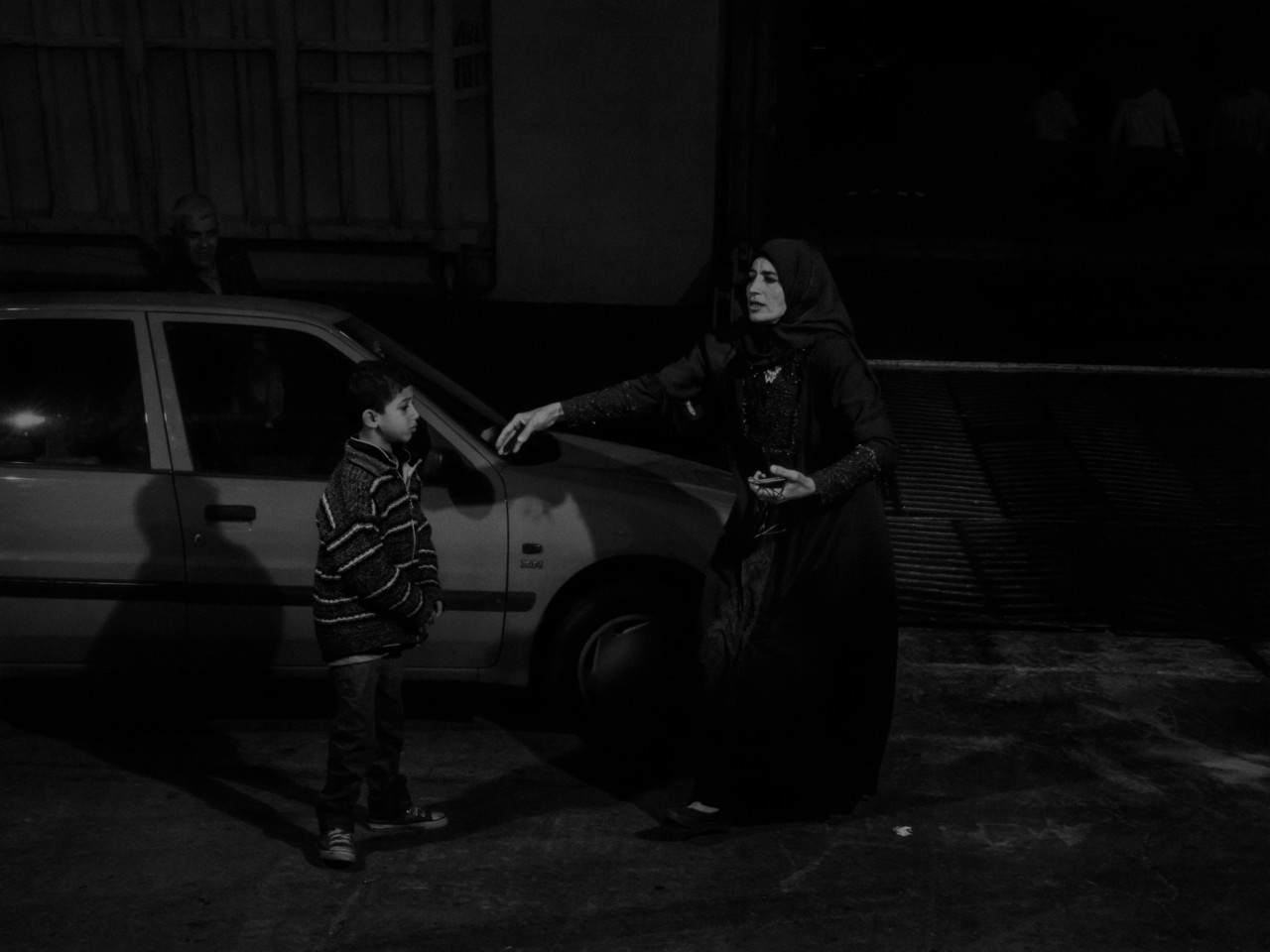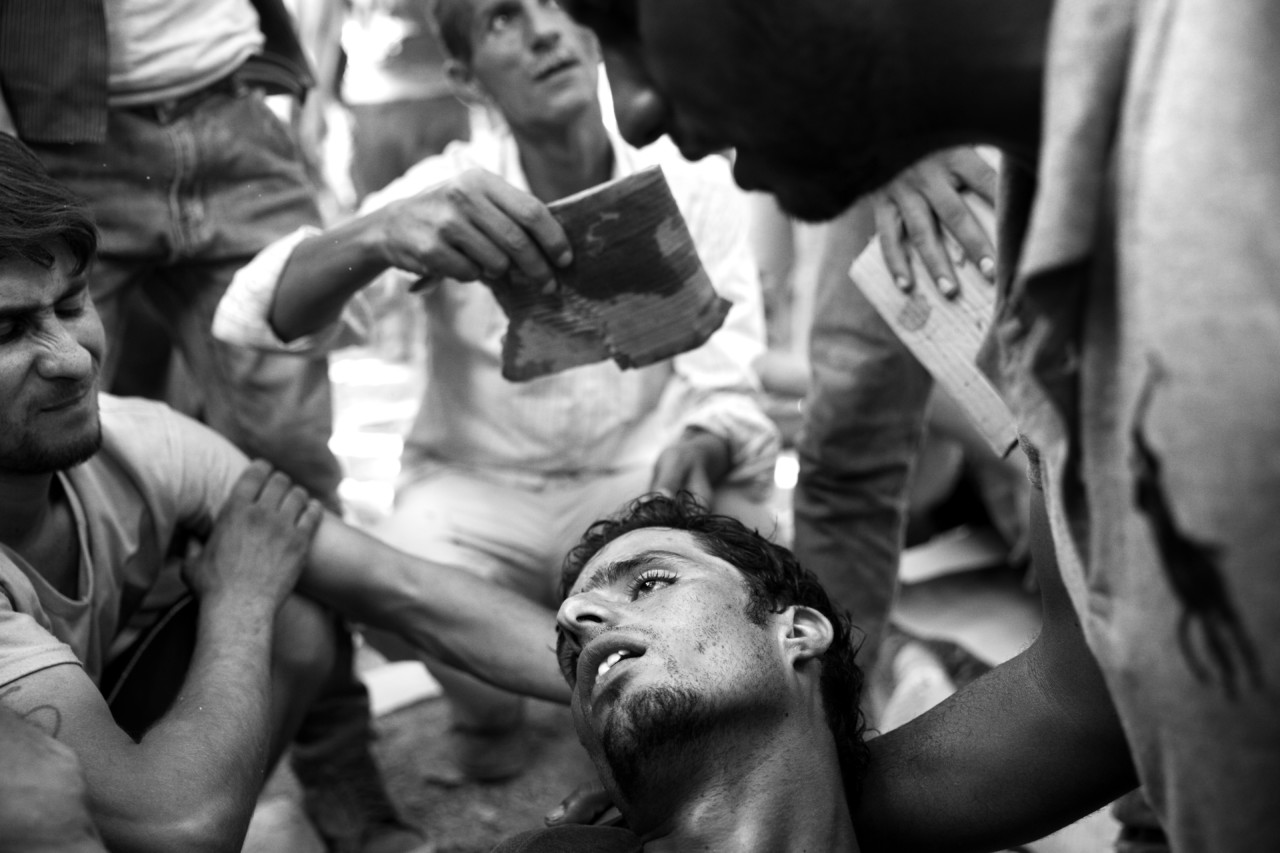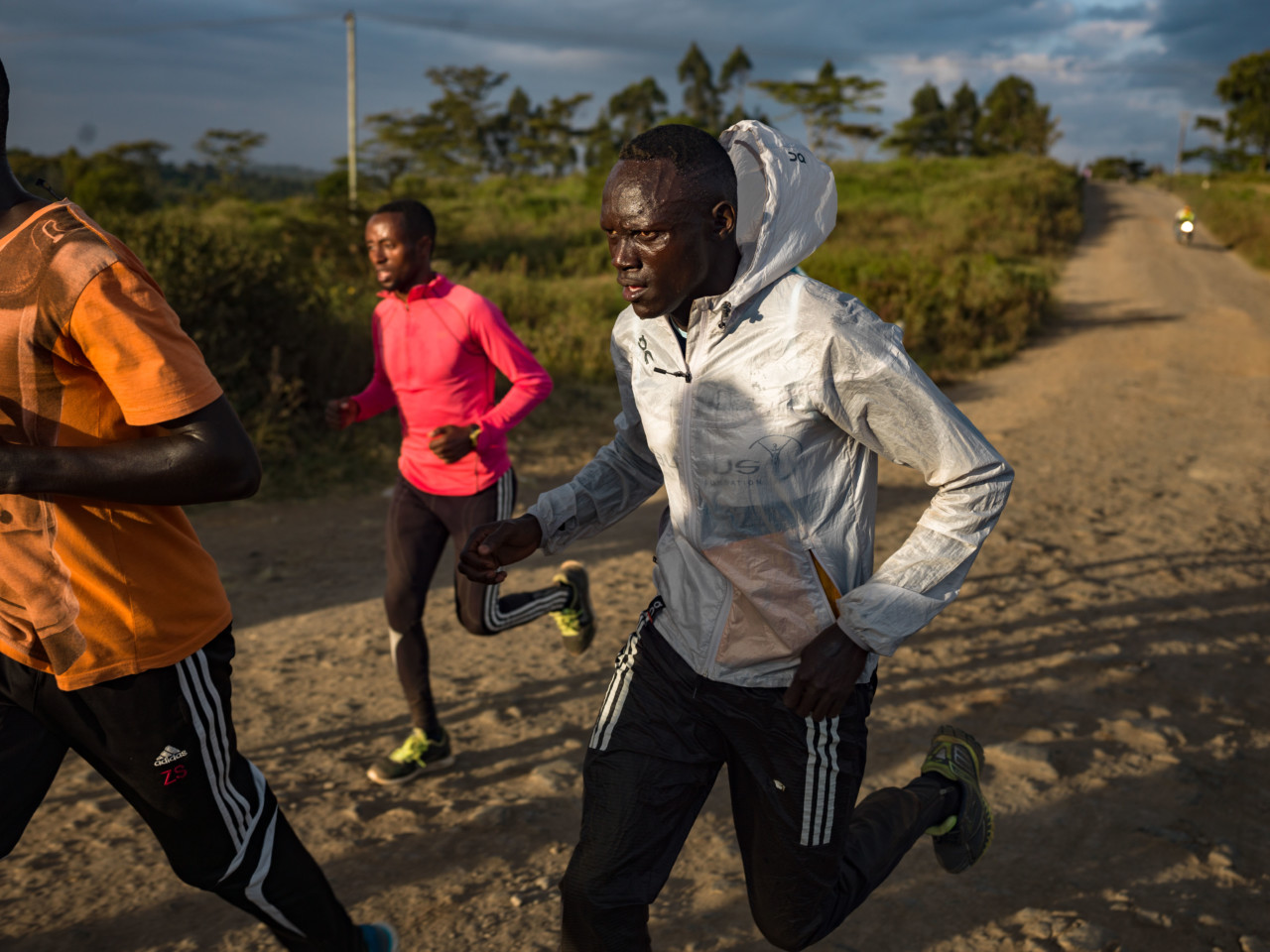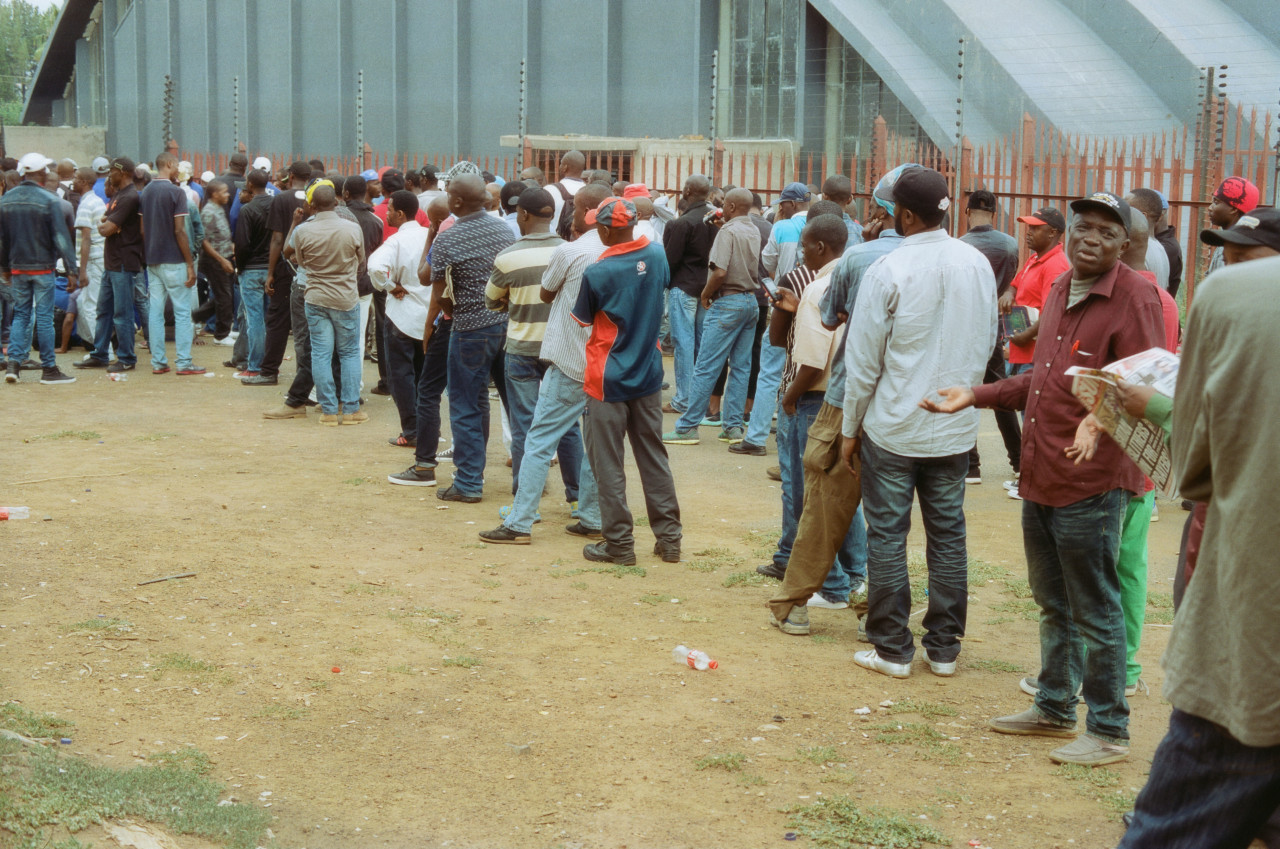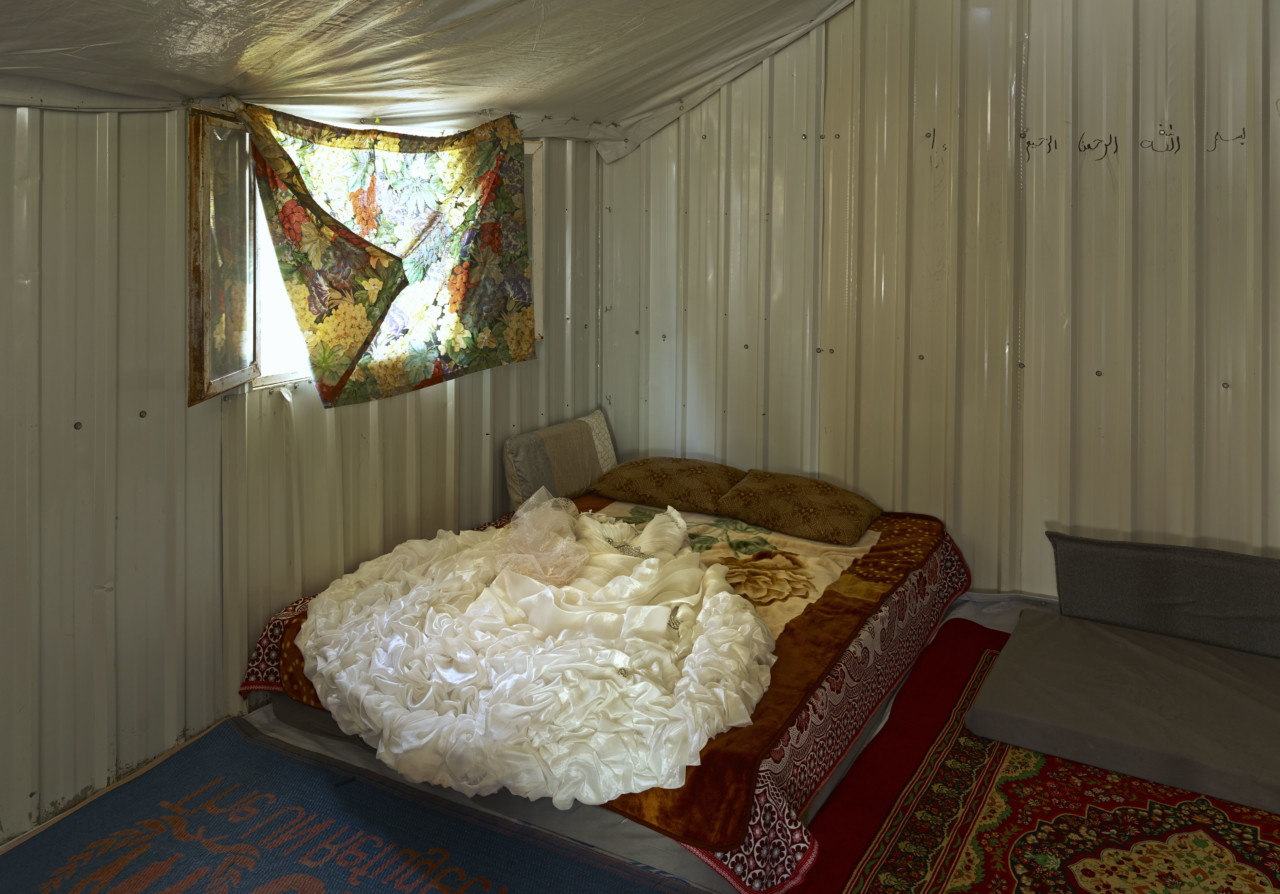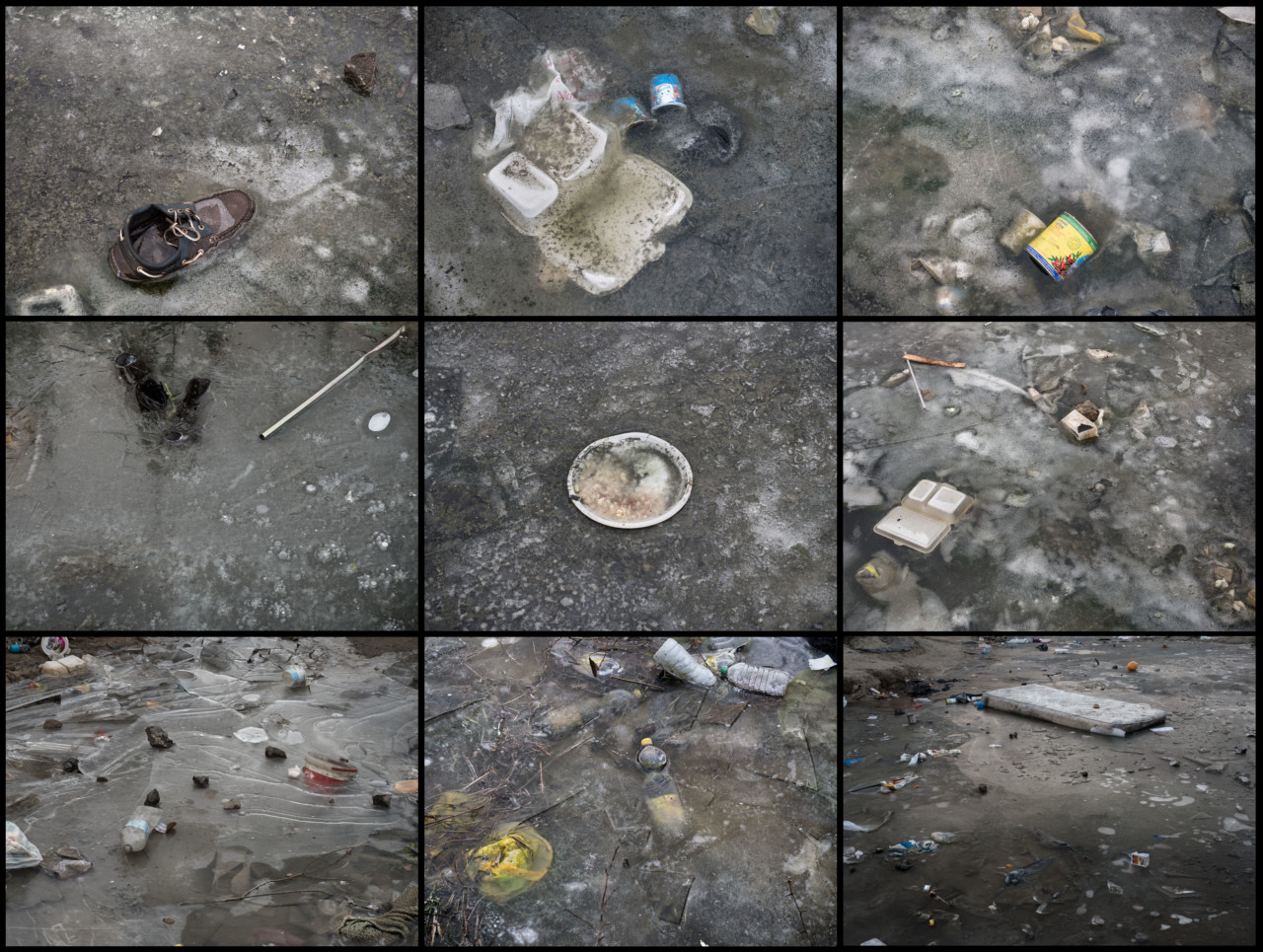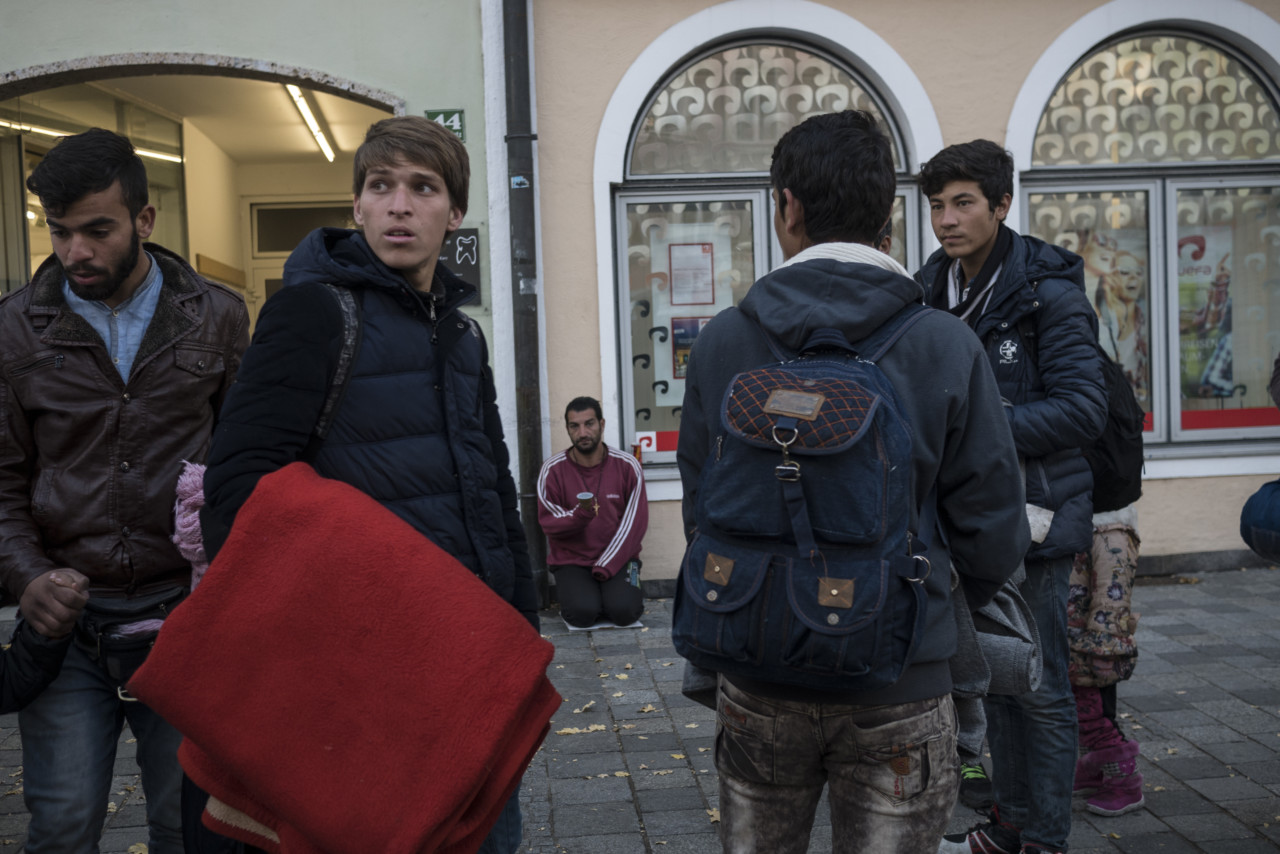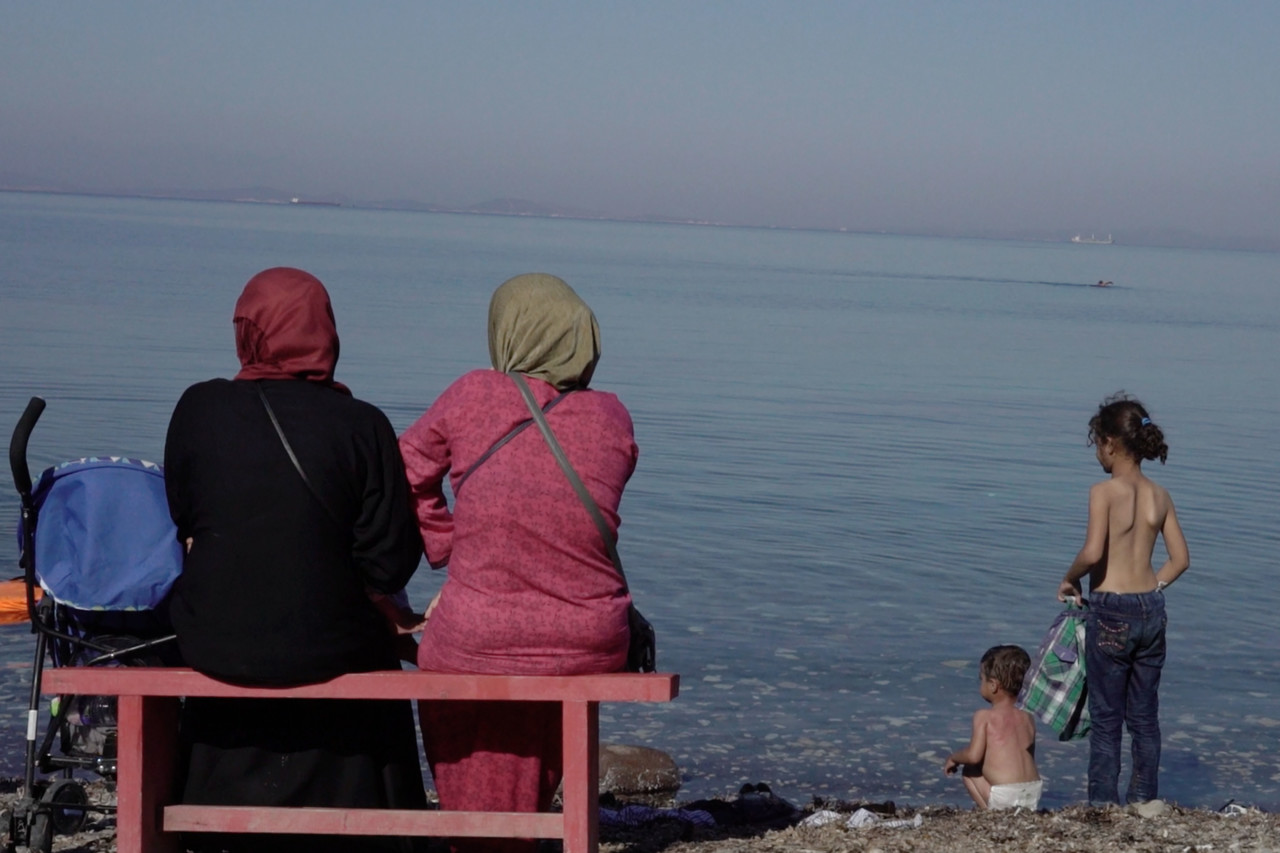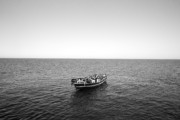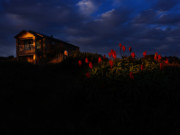The Migrant Crisis through the Eyes of Magnum Photographers
Magnum photographers discuss the most meaningful images from their coverage of the migrant crisis
Magnum Photographers
Growing numbers of migrants arrived in Europe throughout 2015, through the Mediterranean route or overland through southeastern Europe, many fleeing conflicts in Iraq, Syria and Somalia or leaving behind regimes in Eritrea and Ethiopia. Magnum photographers embarked upon an agency-wide project: to document the story, as it was unfolding and continues to unfold, of the largest number of people on the move since World War II. This documentation is part of a longstanding commitment, since the agency’s founding in 1947, to bear witness to and report upon the events that shape human history. Here, Magnum photographers select and discuss the images that best represent this crisis in their eyes, and share their experiences.
A photo of a Syrian refugee woman with her son in Pyreus, Athens (above), by Alex Majoli.
“This image is part of a larger project that explores elements of theatre in scenes of reality. My initial inspiration for this project was the work of Italian playwright Luigi Pirandello, whose plays challenged the audience’s ability to discern reality from illusion on stage.” – Alex Majoli
“I took this photograph in early 2012 along the Syrian-Turkish border. The young Syrian family being smuggled across the Orontes river from Syria into Turkey were part of the first wave of refugees from the Syrian Civil War that years later morphed into a crisis of epic proportions. I have often pondered about the concept of displacement, and what leads a family to decide to leave everything behind and embark into a dangerous and uncertain future. For most of us this is a foreign concept, one that no matter how much we try to empathize and get close to, we will never experience.” – Moises Saman
“Due to the long hours of waiting in extreme heat conditions and the general exhaustion, refugees sometimes collapse and faint. In early September 2015, an estimated 15,000 to 20, 000 refugees, roughly 70% Syrian, wait to complete their registration with the authorities in Mytilini, the capital city of the Greek island of Lesbos. For most, the living conditions are miserable: sleeping on the ground, no access to toilets and extreme temperatures.
The Greek authorities have been overwhelmed by the number of refugees and as a result of this the registration process has slowed down enormously. It takes 7 to 10 days for refugees to get the document ready that will allow them to buy a ferry ticket and be transferred to the mainland. From there, the majority will continue north, towards the Macedonian border. Afterwards, they will continue their journey towards western Europe.” – Paolo Pellegrin
Refugee athletes from South Sudan, preparing to take part in the Rio Olympics, practicing under the supervision of a trainer at the Tegla Camp for refugee athletes, near Nairobi.
“I chose this picture because it symbolizes the story of the refugees’ plight. Their lives are a race towards a better future, for themselves and for their families. But as in every competition, not everyone succeeds.” – Newsha Tavakolian
“This photograph is part of a larger unpublished story on asylum seekers in South Africa. Endless waiting in queues with registration documents for asylum status and basic accommodation are a part of daily life for South Africa’s 80,000 plus refugees seeking asylum.” – Stuart Franklin
“The contrast between the beauty and intricacy of the dress and the blandness of the surroundings seemed so poignant. It appealed to the romantic in me; that two middle-aged people had found each other in the most desperate of circumstances. I had the chance to photograph the couple but I politely declined; rather than putting faces to the story I thought the symbolism of the dress on the bed – something we can all understand – stood for something far more universal: Love.” – Mark Power
“This image shows children from the town of Obock in Djibouti collecting belongings that have been left behind on the ‘smugglers beach’ just outside the town. Migrants come from Ethiopia and surrounding countries to be smuggled across to the Arabian Peninsular despite the ongoing war in Yemen and huge numbers of refugees making exactly the opposite journey across the Gulf of Aden to camps just outside Obock.” – Olivia Arthur
“Details of migrants’ personal belongings and trash caught in the ice, from the migrants who live in the Calais Jungle: a mix of refugees, asylum seekers and economic migrants from Darfur, Afghanistan, Syria, Iraq, and Eritrea.
Beyond political considerations and guilty clichés, by choosing a disembodied, impersonal image I wanted to get out of the comfort zone of good conscience and selective indignation: this is how I see the situation of migrants, as deconstructed and frozen lives.” – Jerome Sessini
“Debris left along freight train tracks by migrants travelling north to US border riding in empty boxcars and on roofs. Violent gangs and human traffickers who control transit have made migration increasingly dangerous. Many migrants are fleeing the gang violence of Central America. What is left behind along the railroad tracks where tens of thousands of Central American migrants attempt to reach the US border fleeing the violence of their homeland, represents to me, the people who we will never see.” – Larry Towell
“At the height of the autumn 2015 refugee crisis, I chose to travel up and the down the border between German Bavaria and Austria, where most refugees on the Balkan trail were headed. In the split Bavarian / Austrian town of Simbach and Braunau, a bridge over the river Inn allows them to cross. Braunau has the heavy history of being Hitler’s place of birth. A small memorial rock for the victims of the Nazi regime marks his birth house.
I would spend the nights and early mornings erring around the small quaint town with the mostly Afghan or Syrian refugees. Sometimes we passed Hitler’s house. Sometimes a bust of KuK emperor Franz Josef. Locals looked through us. One morning a group of Afghans, their belongings on their backs as they looked for the German border, walked past this Roma Gipsy beggar, another migrant from Romania or Bulgaria.” – Thomas Dworzak
“For MSNCB I did a story about families in Europe that welcomed refugees into their homes. Faysel was a 23-year-old refugee from Iraq, who was just getting settled with his new family in Belgium. He first started opening up just before dinner each night while the woman who took him in leaned over the kitchen stove to cook the family meal. By photographing and talking with these people and their new families, I always came home with a mixture of feelings: anger, powerless and at the same time hope.” – Bieke Depoorter
“The Aegean Sea is calm and warm but for the refugees and their families facing uncertain future on the island, they’re anything but calm and some have even given up the hope that their internment in Lesbos will end soon. What is next, repatriation to Turkey or asylum in E.U.? There is no one with a broomstick on the horizon, is there?” – Chien-Chi Chang
Family of: Sahar Awad from Sudan and her husband from Italy, Stefano Scarpa, Their two daughters are, on the far right, Nuala (12) and on the horse Sofia (4). Middle back is Akram Ibrahim who came to England as a refugee, after suffering torture at the hands of the Sudanese government, by boat and overland via Libya and France and is now living legally with the family. On holiday with the family are Stefano’s niece, Lucia and nephew, Marco.
“It is interesting that Akram has a stable home in London thanks to the generosity of a Sudanese migrant, not refugee, and an Italian. London is almost a City State within the UK, and probably the most ethnically diverse city in the world and despite this, perhaps because of this, is enormously successful and harmonious in contradiction to the warnings and threats of the doomsayers. It is this diversity that I am interested in, this normalcy of family life, the common threads that hold us together. I do understand the drownings and the deaths of thousands of migrants happens too but I leave that to others to document.” – Chris Steele-Perkins


